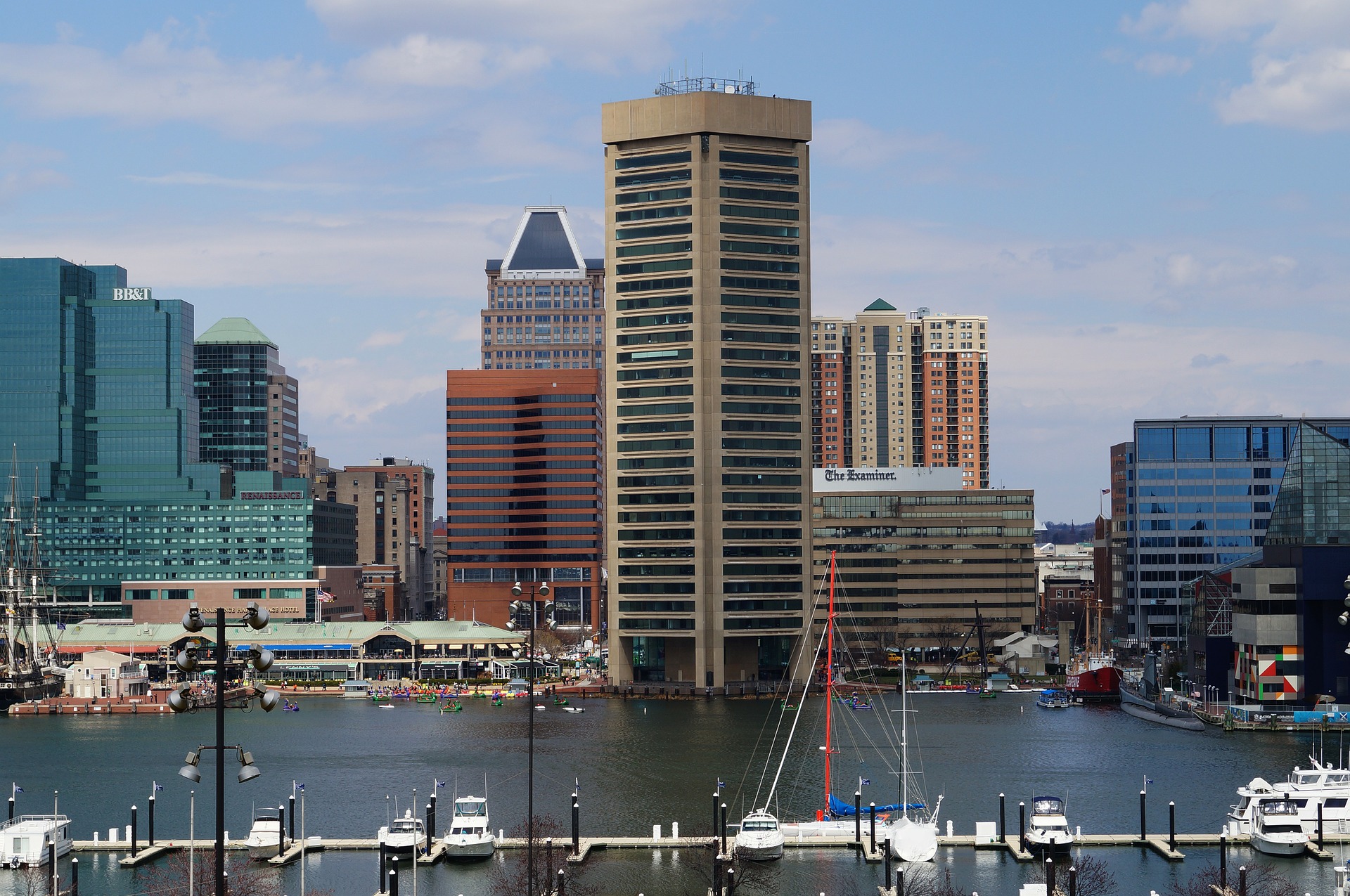The University of Maryland is one of four schools partnering to bring innovative technology to two communities in west Baltimore.
This university, along with Johns Hopkins University, Morgan State University and the University of Baltimore, are working together on the “Smart Cities” initiative that was created by the Obama administration in 2015 to help local communities tackle resident challenges with technological solutions.
“Baltimore is a struggling industrial city that has a tremendous disparity in incomes and wealth and could really use this kind of help,” said Gerrit Knapp, project leader and director of the University of Maryland’s National Center for Smart Growth. “I think this is a very important new step for the city of Baltimore and is the wave of the future for cities in the United States and around the world.”
In 2014, Baltimore had one of the largest gaps between the rich and poor in the country, according to the Brookings Institution.
A $100,000 grant from the National Science Foundation is helping launch the initiative by funding a yearlong research project exploring a potential strategy to implement the “smart” technology into west Baltimore.
[Read more: UMD will receive $7.5 million to create green technology institute]
The project is still in the planning stages, but researchers are looking at technology, including free public Wi-Fi for all residents and self-monitoring streetlights. The streetlights would be able to turn on when sensing someone is near, monitor various aspects of the environment such as air quality and detect gunshots and alert police of the situation.
Researchers are also looking into creating transportation hubs for the area.
“The hardest part of getting to a job is the first or last mile,” said Maggie Haslam, spokesperson for this university’s architecture school. “Not being on public transportation, but getting to it from where you live has proven to be a huge challenge for people. These hubs would fix that.”
The transportation hubs would make the commute from west Baltimore to other areas of the city easier on residents, Haslam said. They may have electric vehicle chargers, free internet, real-time information about the location of a specific vehicle, among other technologies, Knapp said.
Knapp said free Wi-Fi is one of the top priorities of the project.
“Technology such as the internet is crucial in this society, but not everyone has access to it,” Knapp said. “You need it when accessing any type of information. Plus, when low-income children don’t have access to it they can’t do their homework and that puts them at a huge disadvantage.”
However, the researchers aren’t the only ones working on the project. The mayor’s office, the Baltimore planning department, and the Baltimore Department of Transportation, among other stakeholders, will also be involved in planning what technology to implement. Residents of the two pilot areas in West Baltimore, Mount Pleasant and Upton, will consult the project leaders about what they would like to see implemented in the community.
[Read more: UMD and UMB’s new projects include research about opioid abuse and virtual reality]
Starting next month and running over the course of eight months, project leaders will hold about four public forums, Knapp said. Researchers will also conduct one-on-one interviews with a variety of residents and administer surveys online and during forums.
“I think one of the things we are most proud of is that this is going to be a communities first approach,” said Vanessa Frias-Martinez, a researcher for the project. “We are aiming to provide solutions that are heavily focused on the human needs in underserved areas.”
Knapp said he hopes the planning stage of the project will be completed by next September, and he hopes to implement at least some of the technology in the city within two years. Knapp added the plan will eventually expand the technology to all of Baltimore.
“I think this is a great opportunity for us to actually do something for the state,” said Frias-Martinez, an assistant professor for the College of Information Studies. “Hopefully we can successfully bring about some results that will help the city of Baltimore, but could also apply to other cities in Maryland as well.”



